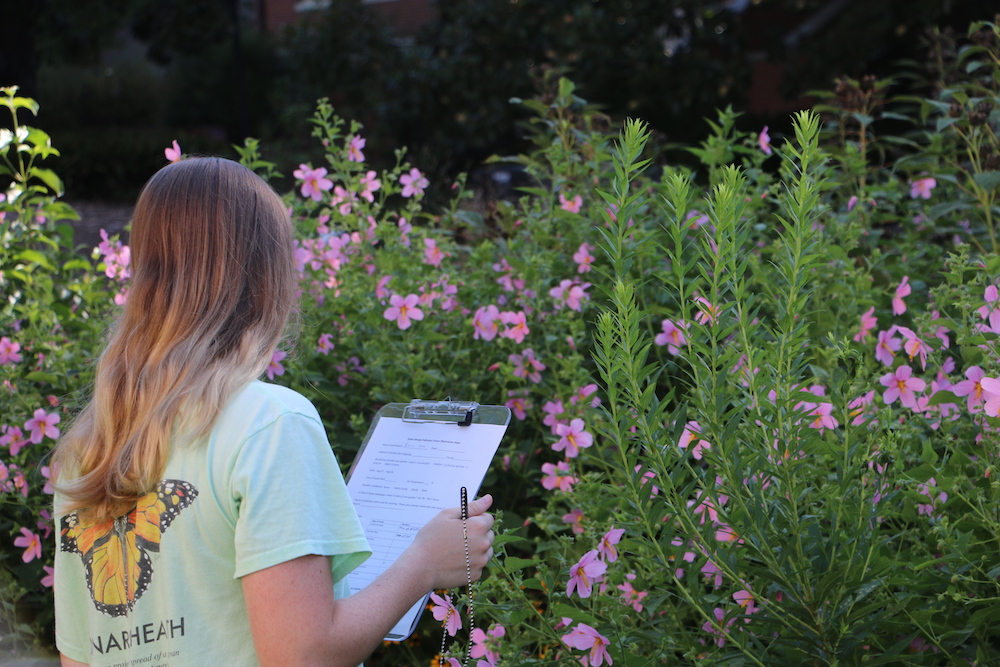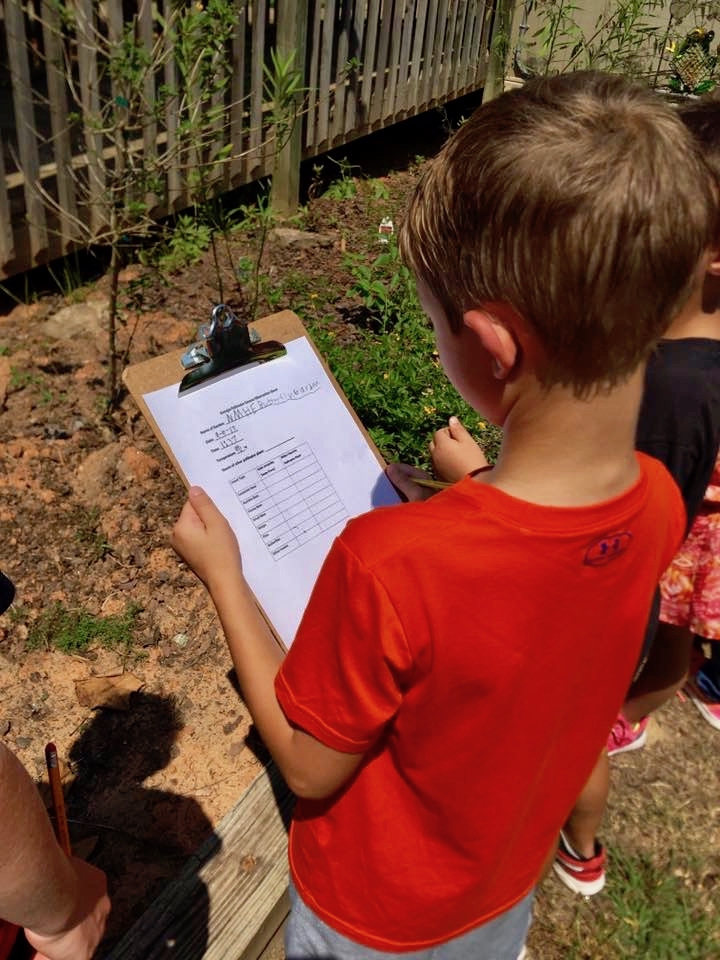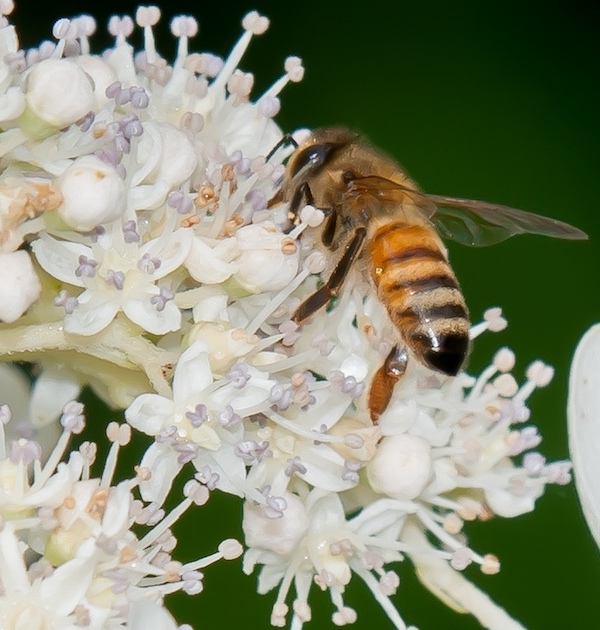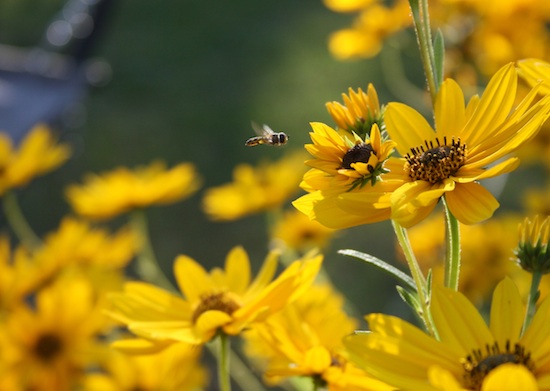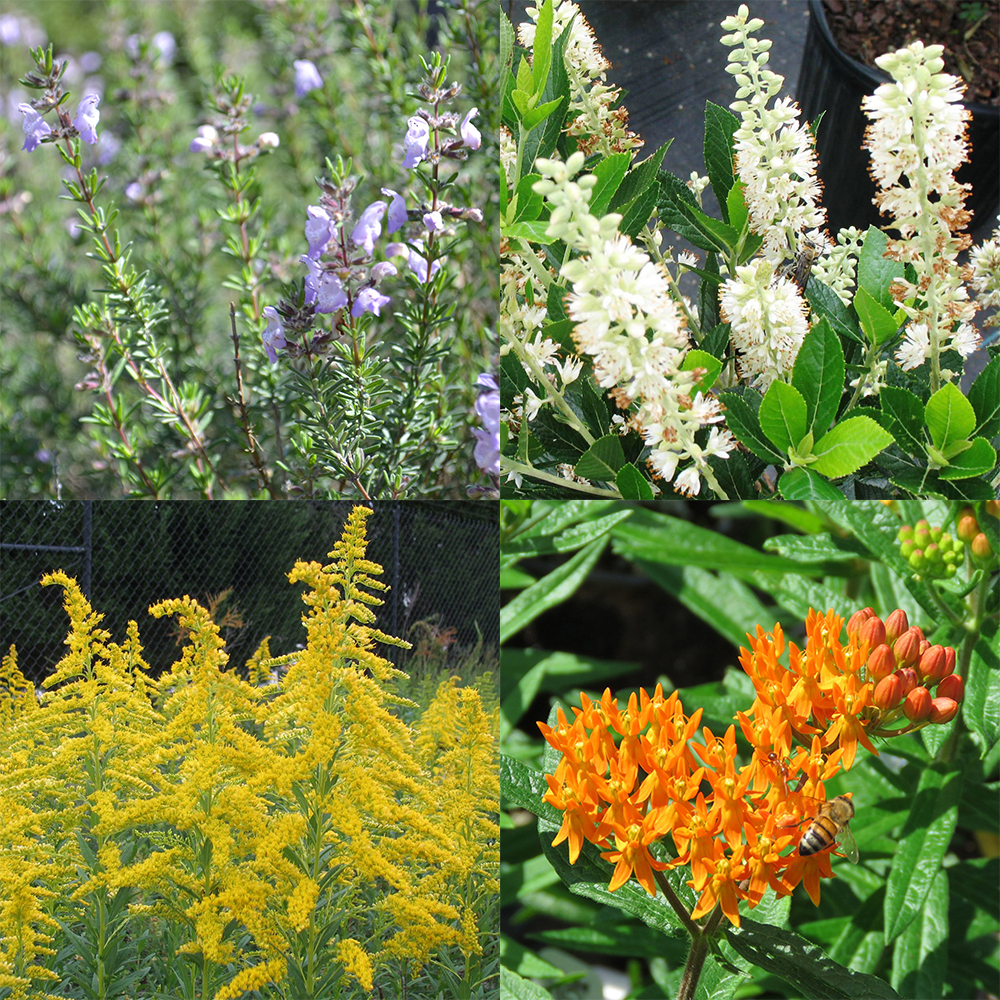 CAES News
CAES News
Pollinator Plants
Native plants are the best habitat and food source for pollinators but they can be hard to find at garden centers or hardware stores.


